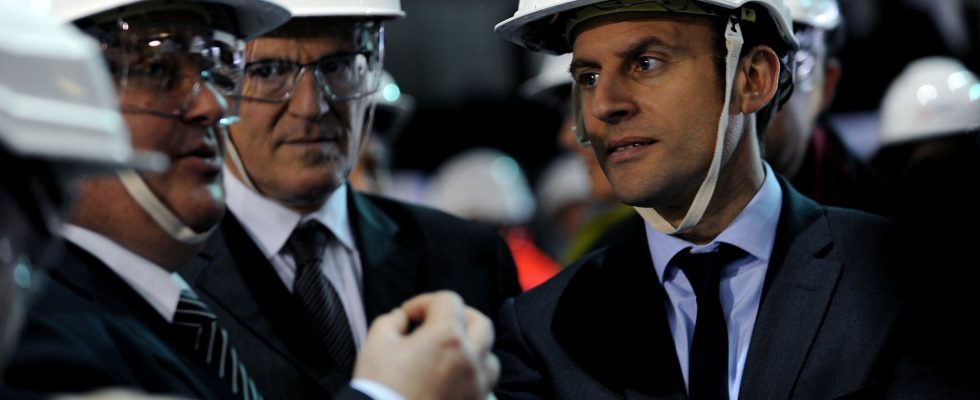Agnès Pannier-Runacher had prepared the ground by announcing at the beginning of January that France would go beyond six new EPRs. Emmanuel Macron confirmed the course during his press conference on Tuesday evening. “The priority in the coming months on ecological planning is to deploy our plan on the ground,” said the Head of State. In terms of nuclear power, this means in particular starting construction on a significant number of reactors. As such, Emmanuel Macron will give “the main axes” next June for the eight EPRs completing the first six. With 14 new installations in the pipeline, France is continuing its shift in energy policy. “Six years ago, no one agreed on nuclear power,” the head of state even admitted.
However, the prospects that are emerging for the energy of the atom remain below those recommended by certain experts. In a recent interview with The gallery, André Merlin, founder of RTE, wanted to clarify the country’s needs. According to his calculations, to arrive at an energy mix composed of 3/4 nuclear and 1/4 renewable energies, we would need to commission two EPRs per year from 2035, i.e. a total of 50 new energy units. by 2060.
An industrial challenge
Dominique Grenêche, doctor in nuclear physics, and member of the college of experts on nuclear heritage and climate, also carried out a calculation for L’Express. “If we wish to maintain the current nuclear electricity production capacity – 61.7 gigawatts – and if we manage to extend the operating life to 60 years for all reactors, we will need to commission 30 EPRs of 1, 65 gigawatt by 2050 at the latest. A significant figure which is explained in particular by the renewal of old installations, of which the Head of State does not speak. As most of them were put into service in 1990 or before, they will have to be replaced by 2050 at the latest. “If we count eight years between the first concrete and connection to the electricity network, the thirtieth EPR must be started in 2042. In contrast, the first two reactors of the current fleet (Bugey 1 and 2) with a combined power of 1,800 MW were commissioned in 1978. They should be “retired “by 2038 at the latest, if the Safety Authority is willing to give its authorization, which is not a foregone conclusion,” explains Dominique Grenêche.
The challenge, extremely high from an industrial point of view, is reminiscent of the famous Messmer plan launched in 1974. At the time, the price of a barrel of oil was exploding. A solution had to be found to the energy crisis. France had therefore launched the construction of 13 nuclear power plants, and maintained its effort over time to increase its fleet to more than 50 units.. At the time, the dynamic was so strong that five to seven reactors could be put into service in certain years. Can France repeat this feat? It’s possible, believes Cécile Maisonneuve, advisor to the Ifri Energy and Climate center and columnist at L’Express. On condition of building in series and drastically reducing the duration of administrative procedures. The stakes are high because, regardless of certain environmentalists, France will have to mobilize a lot of electricity to achieve its decarbonization objectives. We therefore need all the controllable volume possible.
.
